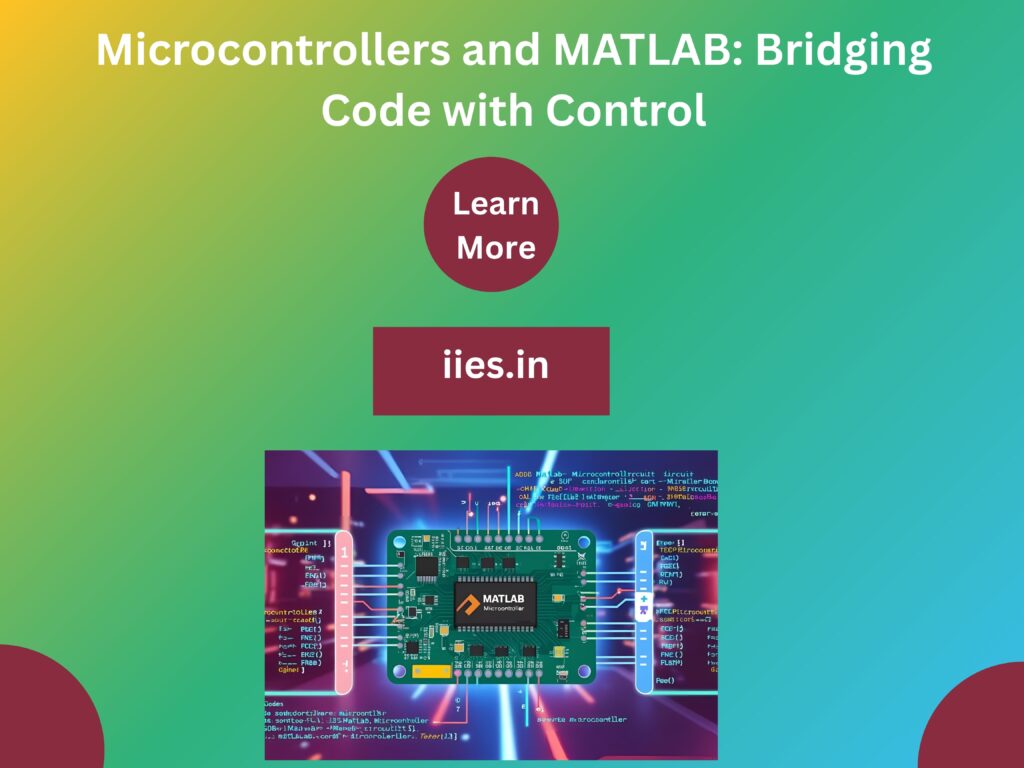In today’s fast-evolving world of embedded systems, combining the power of microcontrollers with MATLAB offers a highly efficient and intelligent approach to hardware development. Microcontrollers serve as the heart of physical computing, executing tasks such as motor control, sensor data acquisition, and device communication in applications like robotics, IoT, and automation. Meanwhile, MATLAB provides a robust environment for numerical computation, simulation, data analysis, and algorithm development.
When integrated, microcontrollers and MATLAB create a seamless workflow from concept to deployment. Developers can rapidly prototype systems, simulate control logic using Simulink, and automatically generate optimized embedded C/C++ code with tools like MATLAB Coder and Embedded Coder. This significantly reduces development time and minimizes manual errors. Moreover, MATLAB’s real-time data acquisition capabilities allow users to monitor, visualize, and analyze sensor outputs live via serial communication.
This combination is especially valuable for students, researchers, and engineers aiming to develop scalable and intelligent embedded systems. Whether you’re working on a smart IoT device or an industrial automation solution, the synergy between MATLAB and microcontrollers bridges high-level algorithm design with low-level hardware control. To explore this integration in more depth, visit MathWorks’ official page on Embedded Systems Development with MATLAB and Simulink.

